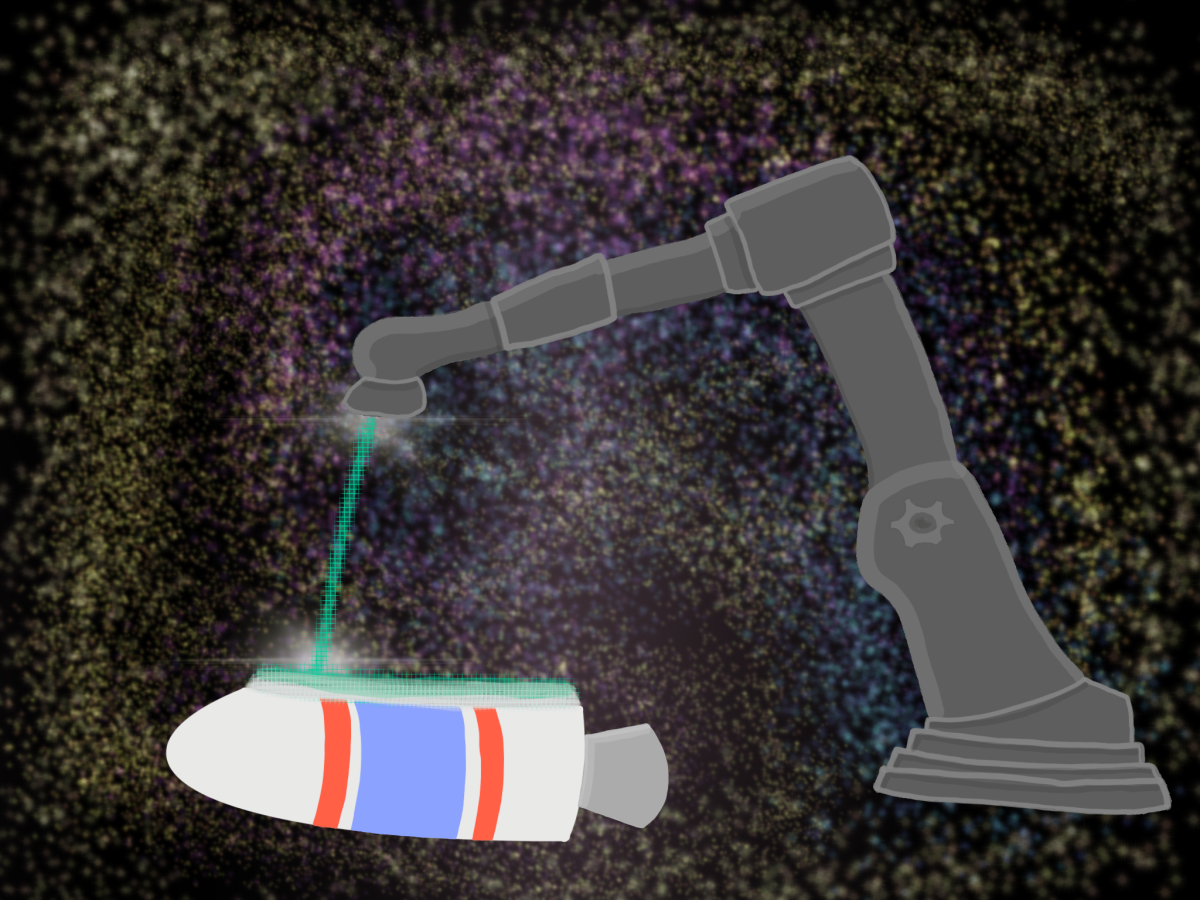In the search for strong yet inexpensive materials to build pioneering technologies, engineers have turned to 3D printing because of its wide range of applications. Whether it’s key charms or, more recently, rockets, 3D printing has certainly taken off. However, one innovation, startup Relativity Space’s “world’s first 3D printed rocket,” called Terran 1, failed to reach orbit on its recent launch.
On March 22, Terran 1 launched and, at first, it was a beautiful success. Although the rocket’s first stage correctly detached from the upper stage, the engine that was supposed to ignite the upper stage and, thus, allow the rocket to reach orbit only did so very briefly, resulting in a lack of power and a failed mission. Relativity Space had planned to launch its rocket in early March but encountered setbacks during two previous attempts. These challenges included struggles with cooling the propellant to the required temperature, unfavorable weather conditions, and insufficient fuel pressure.
The mission name, “Good Luck, Have Fun” represents the ambition of Relativity Space to send humans to space in future launches. However, because of the failed attempt to reach orbit, the team continues to investigate what anomalies occurred and the best way to fix them. Nowadays, many rockets incorporate 3D printed components; however, Relativity’s Terran 1 rocket stands out since 85% of its construction involved 3D printed materials. Furthermore, the company claims it can “build” launch vehicles—either the Terran 1 or the reusable Terran R that’s still in development—at a rapid speed: “Relativity’s Factory of the Future centers on Stargate, the world’s largest metal 3D printers, that created Terran 1, the world’s first 3D printed rocket, and the first fully reusable, entirely 3D printed rocket, Terran R, from raw material to flight in 60 days.” The Wall Street Journal reported that the company even intends to eventually rival SpaceX, a spacecraft engineering corporation co-founded by Elon Musk.
One of the most remarkable features of Terran 1 was its 3D printed engines: “Like its structure, all Relativity [Space] engines were 3D printed and used liquid oxygen (LOX) and liquid natural gas (LNG), which are not only the best for rocket propulsion, but also for reusability, and the easiest to eventually transition to [the atmosphere] on Mars.” According to Relativity Space, their manufacturing technique employs a range of metal alloys tailored for 3D printing the structures of their rockets. By utilizing advanced design and construction methods, the end result has significantly fewer components compared to a traditional spacecraft, with a reduction of up to 100 times.
Although fewer moving parts generally means fewer things going awry, Relativity’s approach in this instance has to be changed for a future successful launch. It’s not yet clear when or if Relativity will attempt another Terran 1 launch. Let’s hope that the next time they do, they have a little more “luck” and a little more “fun” on their side!





































































